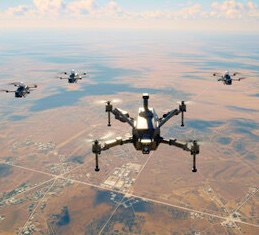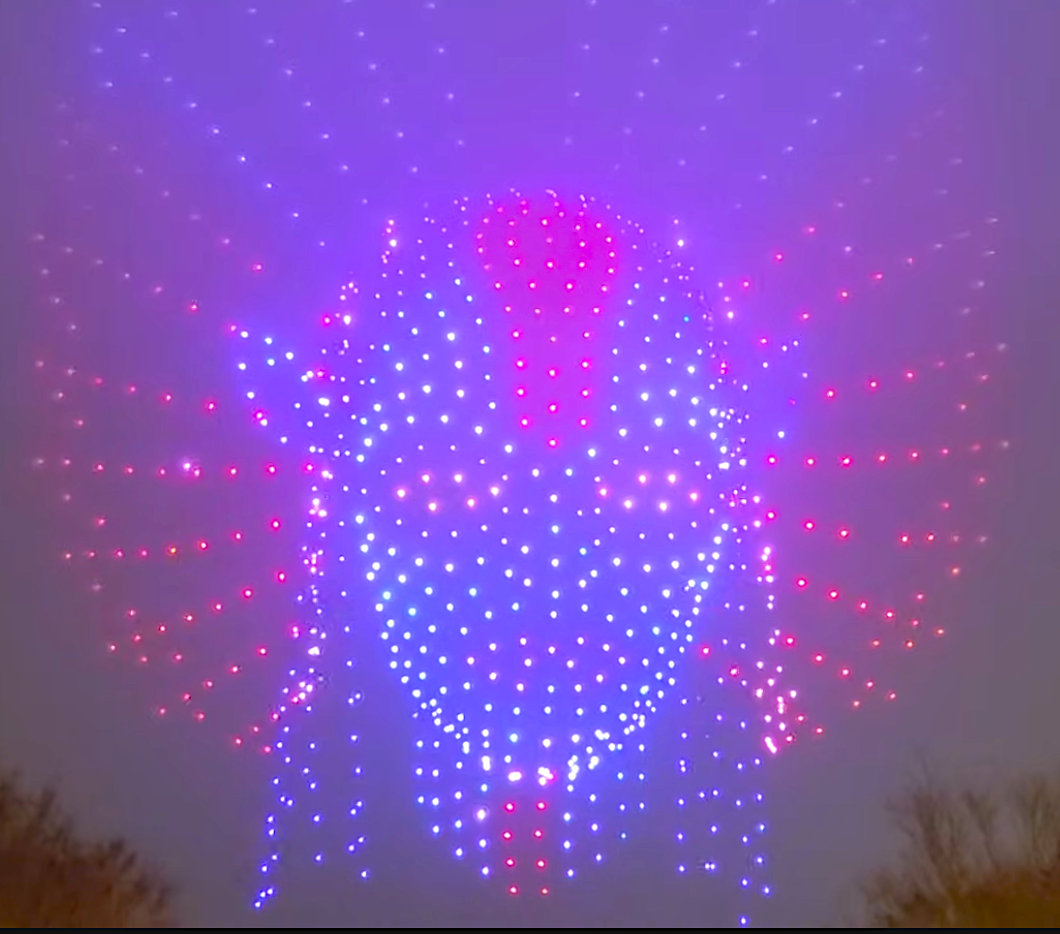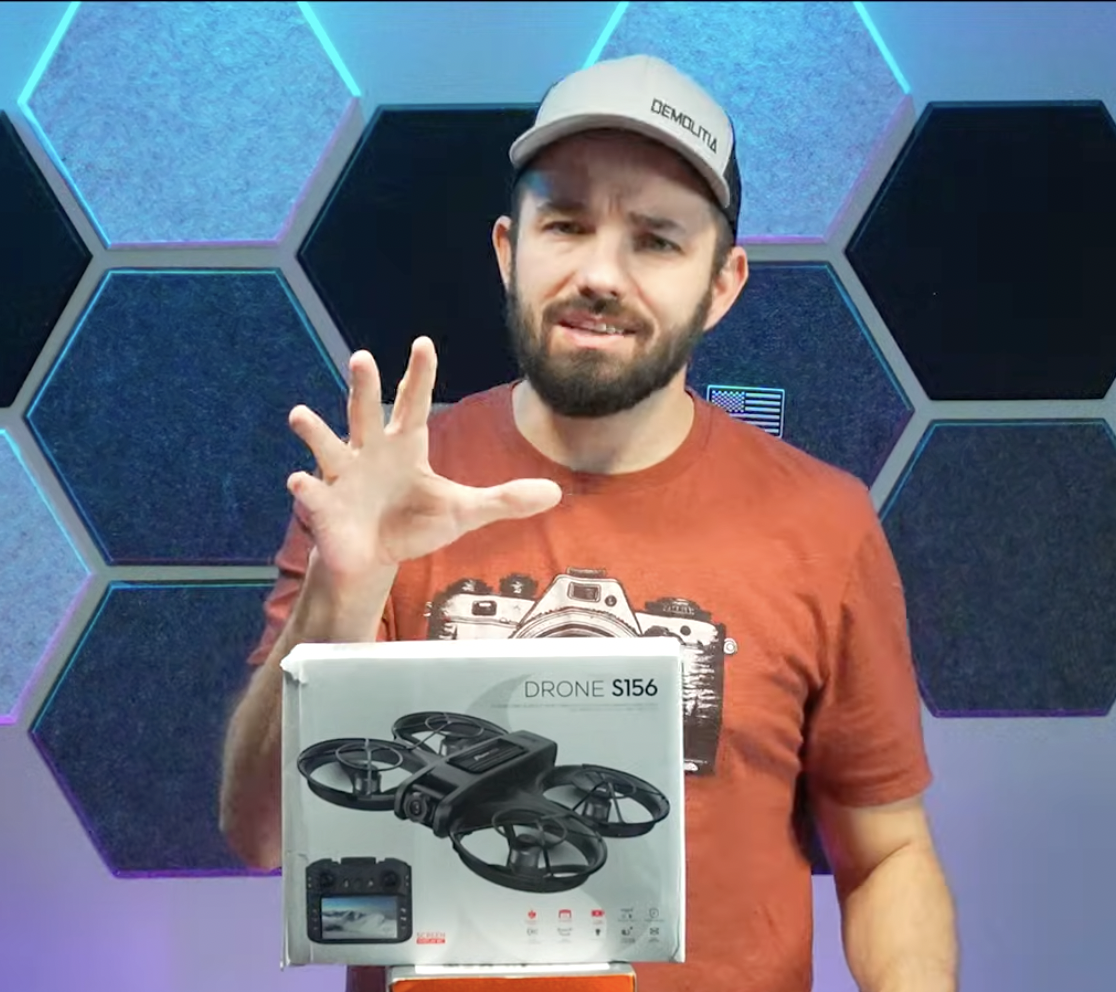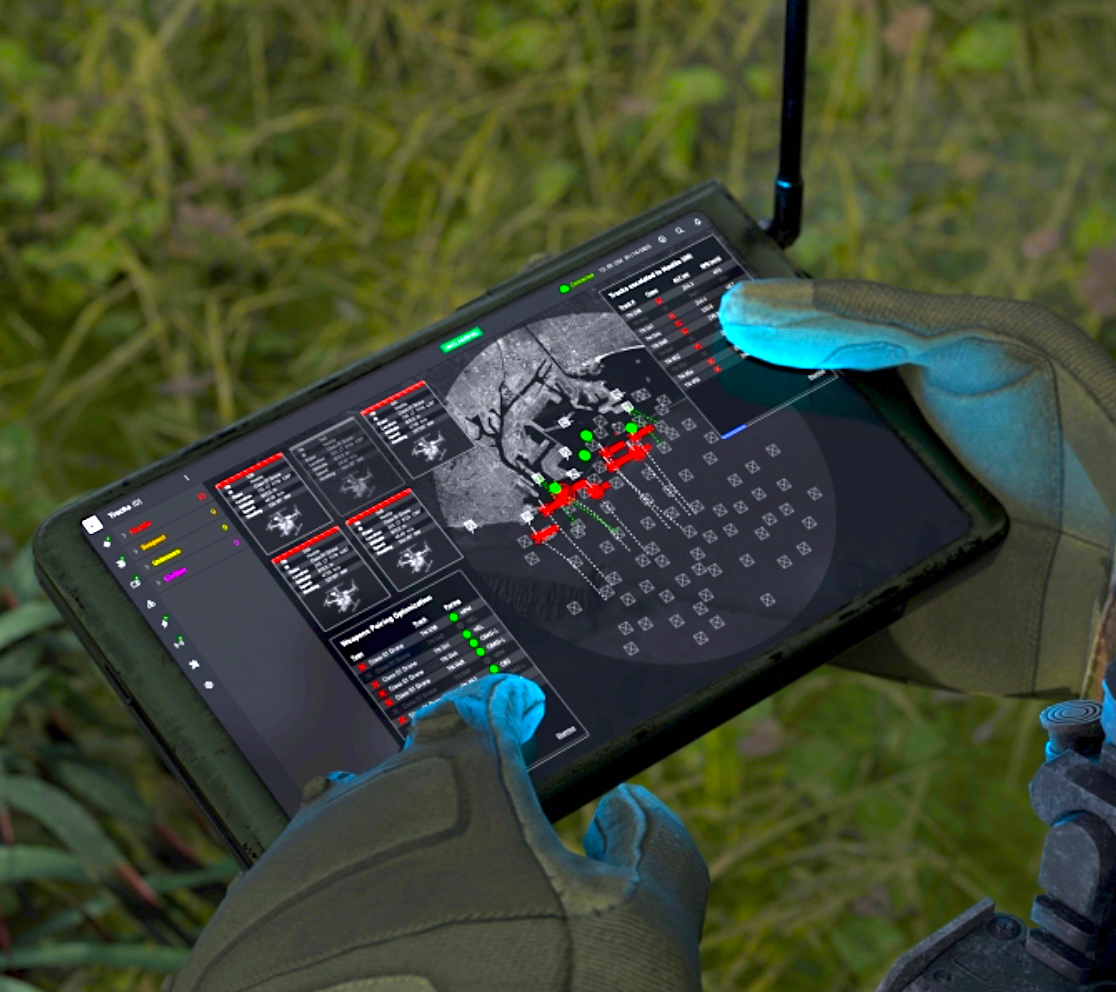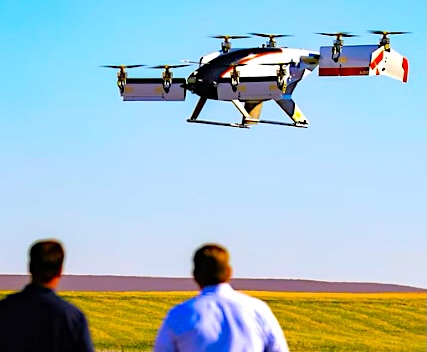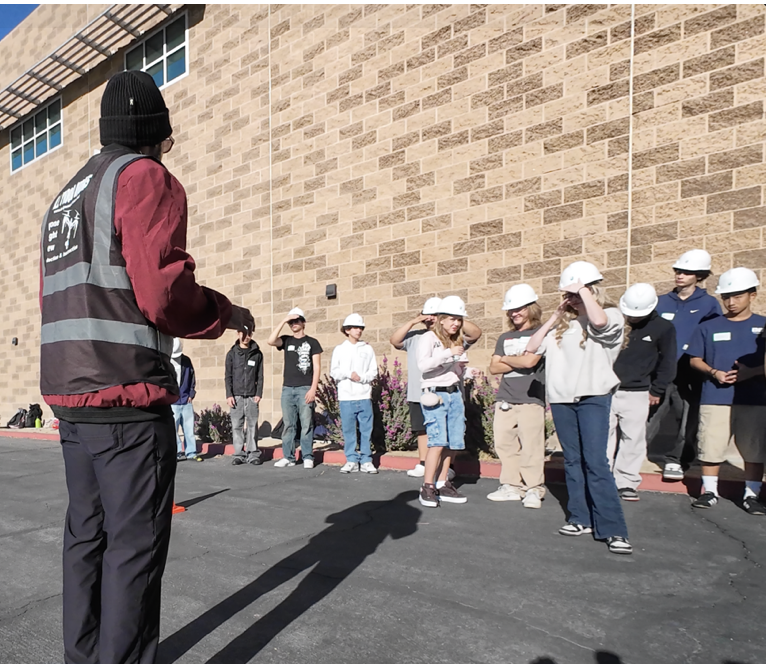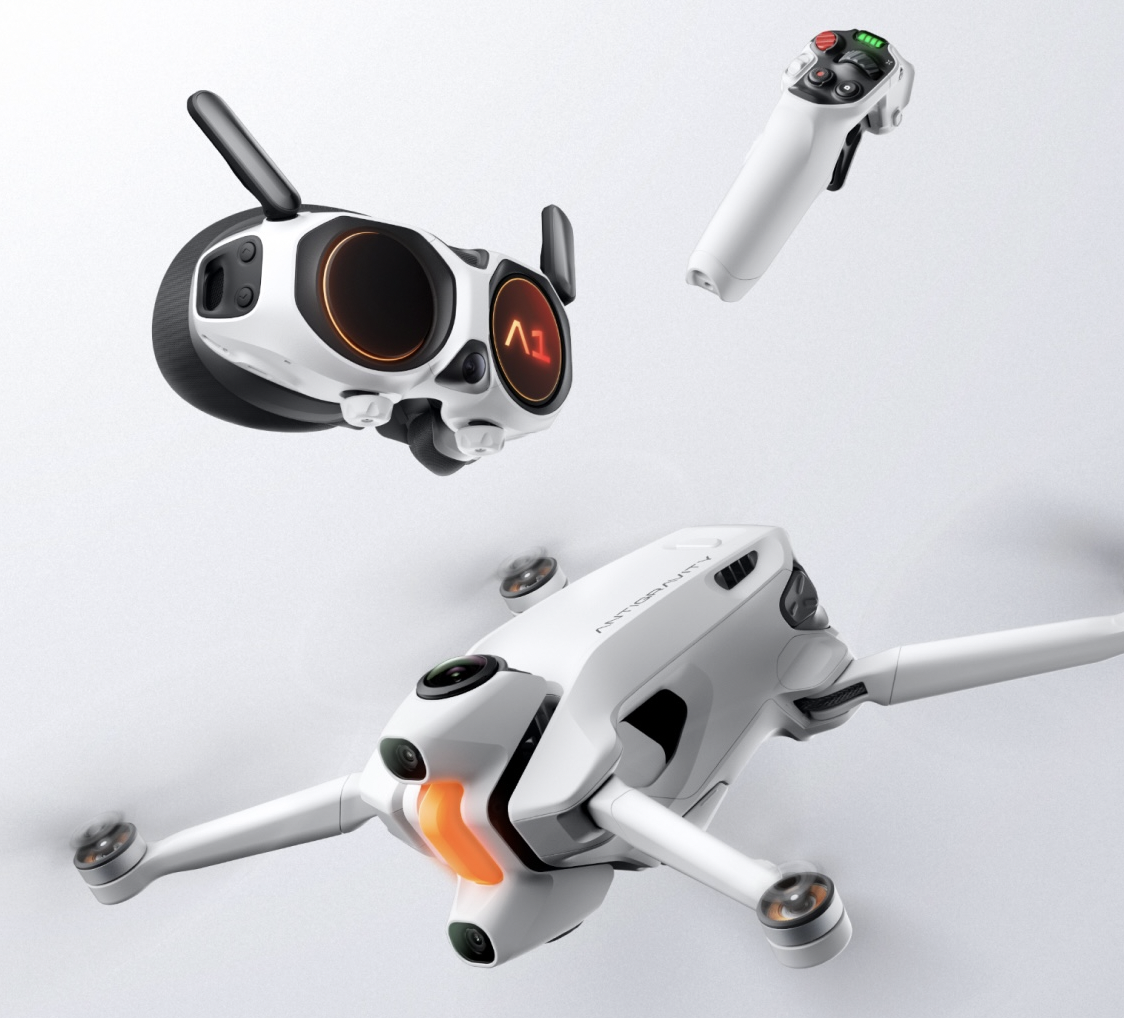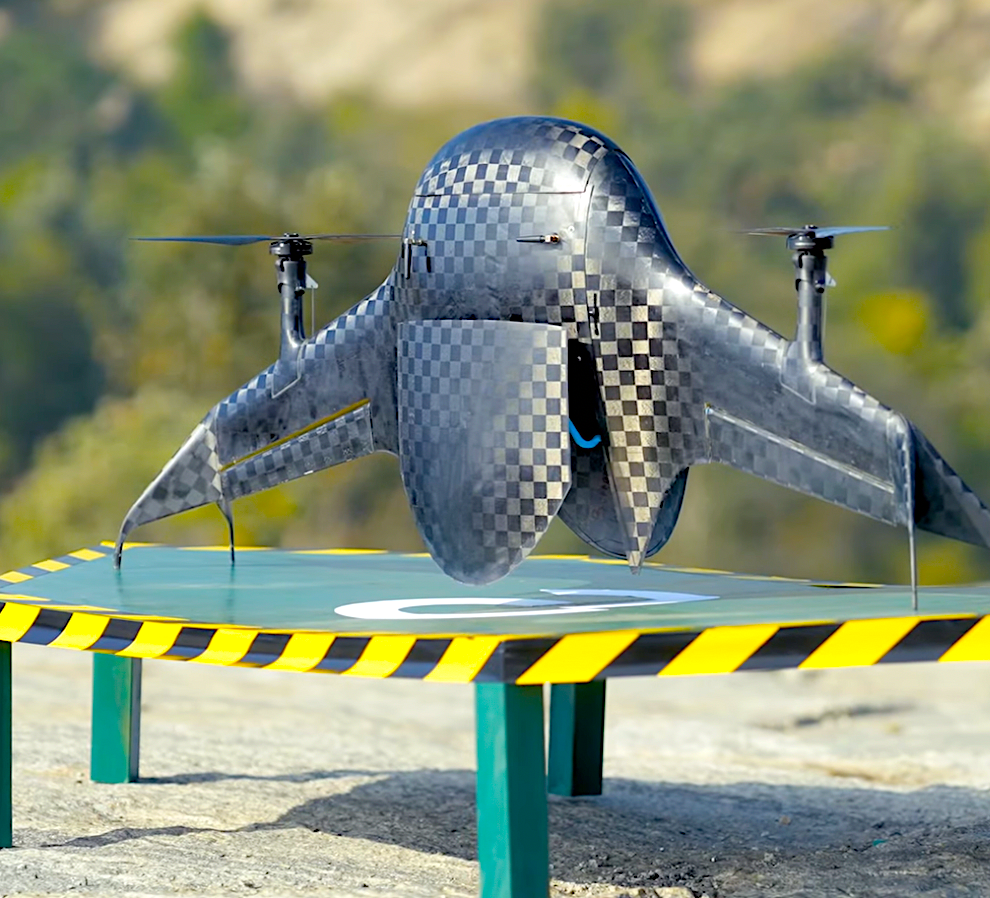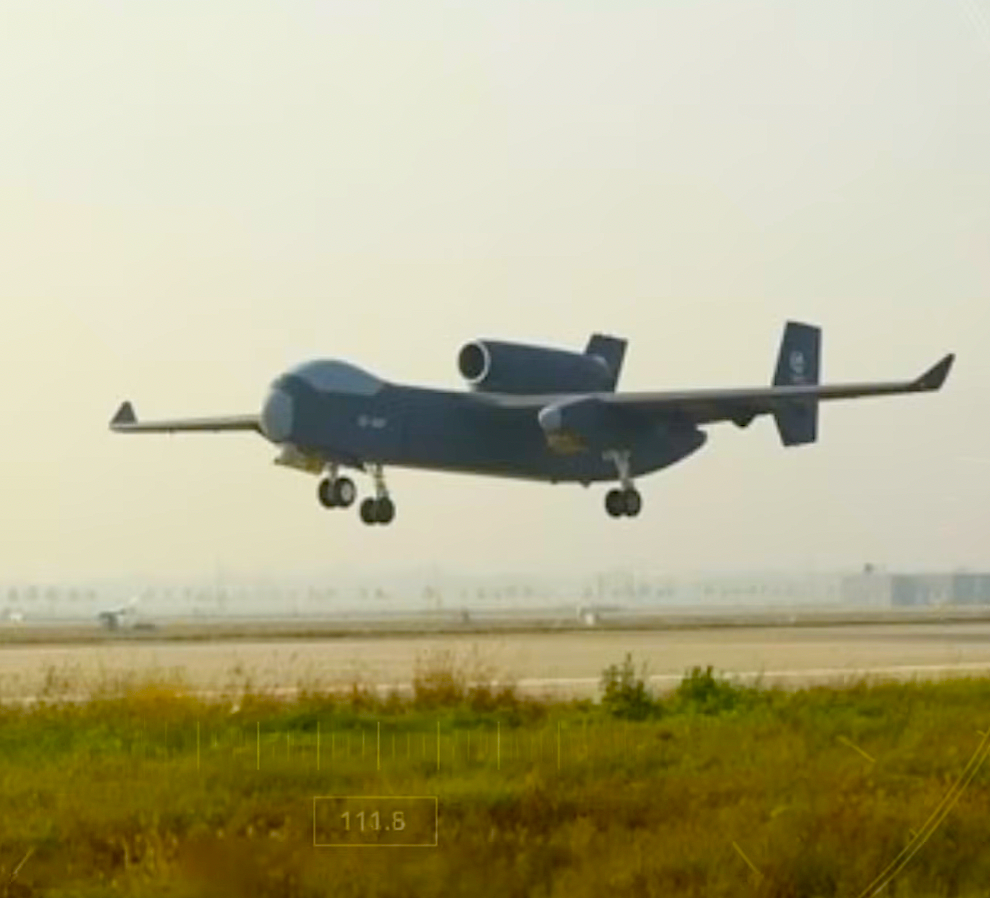Featured NewsTrending NewsFAA UpdatesRegulations Relaxing for Beyond Visual Line of Sight Drones
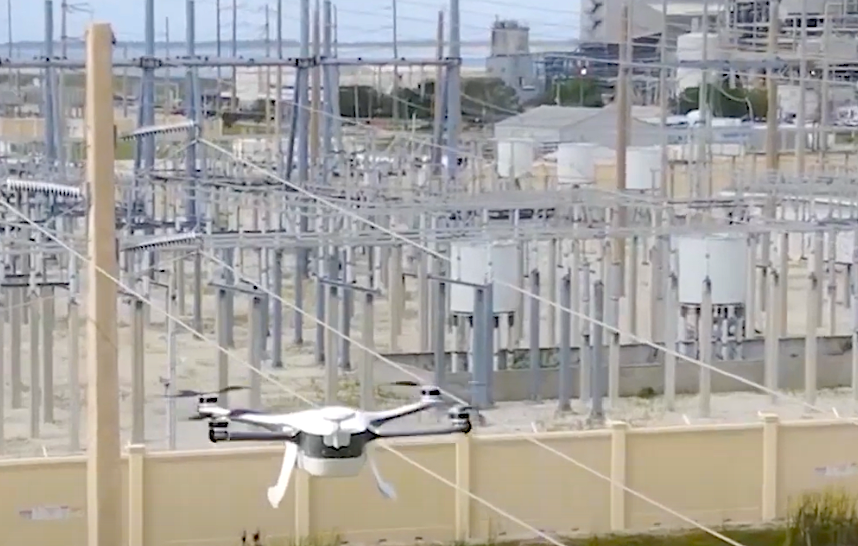
It has been THE LAW for years: Civilian drones must be flown within the pilot's line of sight.
But there are indications that line-of-sight regulations are relaxing, paving the way for the next big wave of drone piloting—beyond visual line of sight, or BVLOS.
Recently, some drones have received permission to do jobs such as inspect high-voltage power lines across the forested Great Dismal Swamp in Virginia. Drones are also tracking endangered sea turtles off Florida’s coast, as well as monitoring seaports in the Netherlands and railroads from New Jersey to the rural West.
All of these activities are BVLOS.
Originally, aviation authorities in the U.S. and elsewhere imposed line-of-sight regulations to control the explosion of off-the-shelf consumer drones throughout the past decade. But now, businesses want simpler rules that could open the skies to the expanding commercial applications of UAWs.
For example, a small but growing group of power companies, railways, and delivery services such as Amazon are leading the way with special permission to fly drones BVLOS to do various jobs. As of early July, the U.S. Federal Aviation Administration had approved 230 such waivers.
"This is the first time in our nation’s history where we’ve now moved out into what I think everyone is expecting for drones,” said Adam Lee of Dominion Energy—a Virigina-based company that received a waiver to inspect its network of power plants and transmission lines.
That expectation—of small drones with little human oversight delivering packages, assessing home insurance claims, or buzzing around on nighttime security patrols—has driven the FAA’s work this year to craft new safety guidelines meant to further integrate drones into the national airspace. At present, any BVLOS guidelines and permissions will likely be limited for commercial uses. Hobbyists will still have to toe the line-of-sight line.
“Our ultimate goal is you shouldn’t need a waiver for this process at all—that it becomes an accepted practice,” said Adam Bry, CEO of California drone-maker Skydio, which is supplying drones to Dominion, railroad company BNSF, and other customers with permission to fly beyond line of sight. “The more autonomous the drones become, the more they can just be instantly available anywhere they could possibly be useful.”
But there is the issue of deciding how much to trust that drones won’t crash into people or other aircraft if a pilot isn’t looking. For this reason and others, new rules will require drones to carry electronic identification to track their whereabouts. The White House is also pushing efforts to counter the potential malicious use of drones in the U.S.—especially as the Russian invasion of Ukraine has shown both sides using small consumer drones to target and carry out attacks.
BVLOS drones can do many jobs safer and more efficiently than sending in people to accomplish them. But that fact doesn't ease the concerns of privacy advocates.
“There is a greater chance you’ll have drones flying over your house or your backyard as these beyond-visual-line-of-sight drone operations increase,” said Jeramie Scott, a senior counsel at the Electronic Privacy Information Center. “It will be much harder to know who to complain to.”
EPIC is calling for stronger privacy and transparency requirements—such as an app that could help people identify the drones above them and their purpose.
“If you want to fly beyond visual line of sight—especially if you are commercial—the public has a right to know what you’re flying, and what data you are collecting,” said Andrés Arrieta, director of consumer privacy engineering at the Electronic Frontier Foundation.
